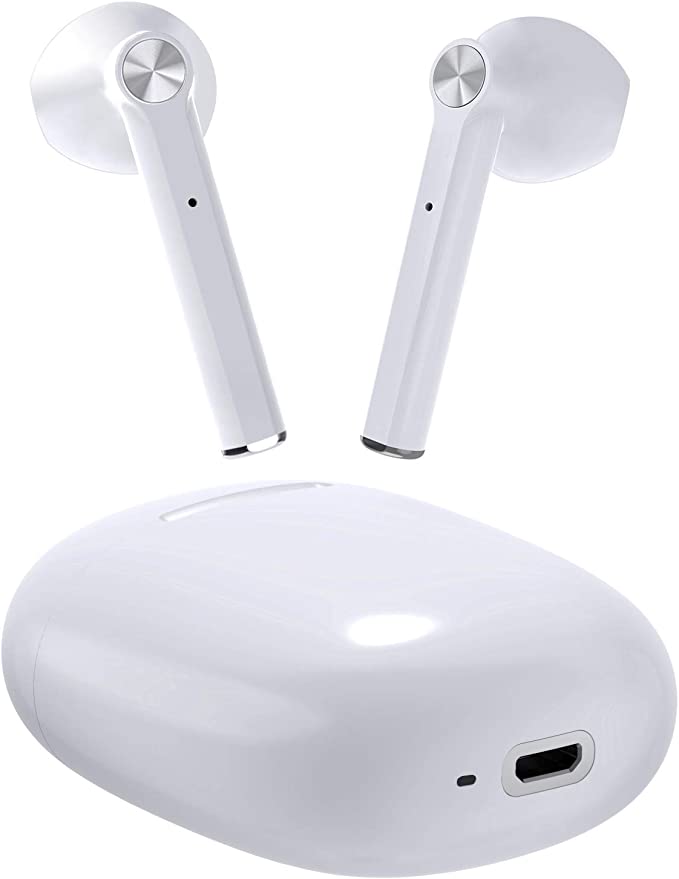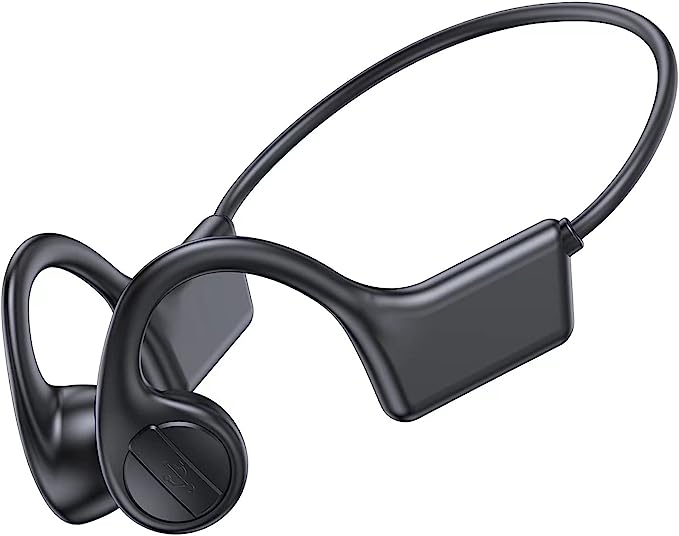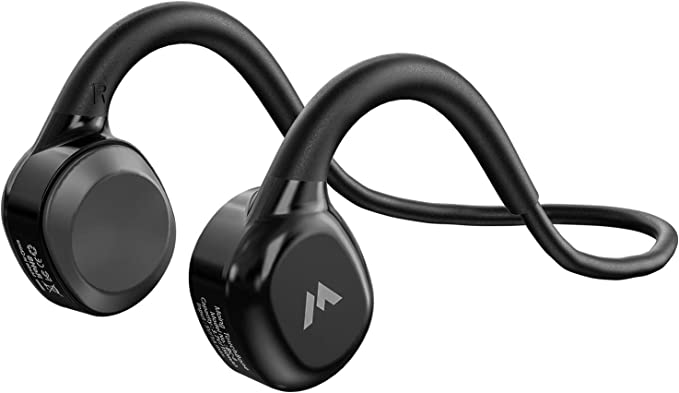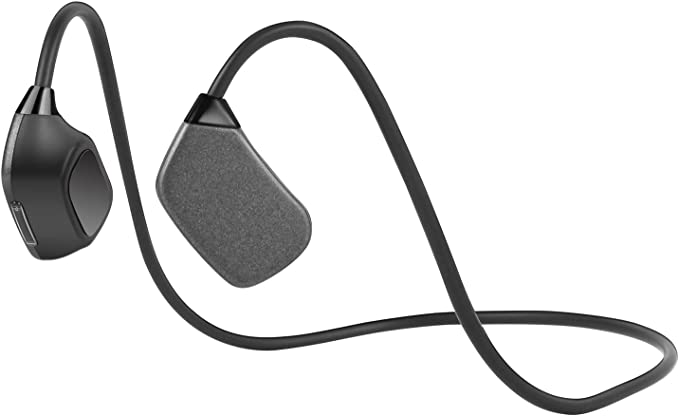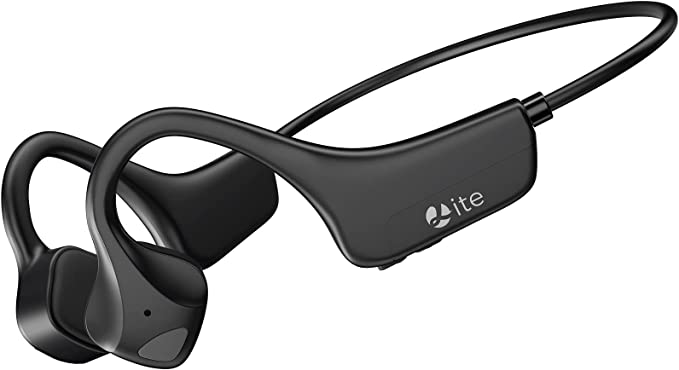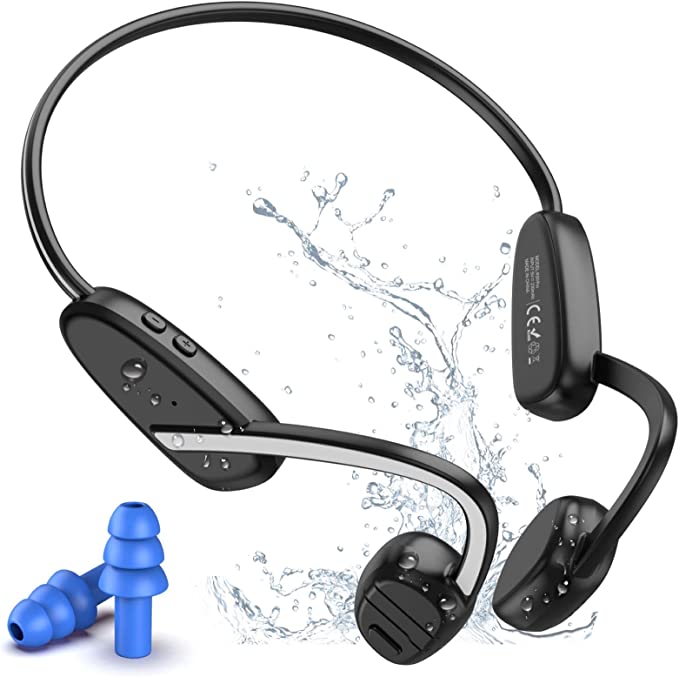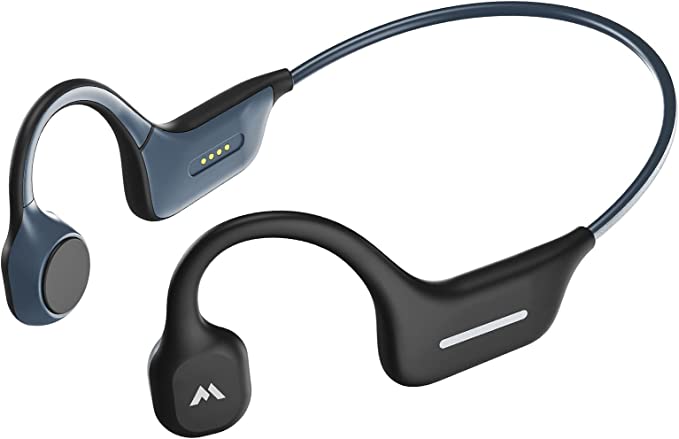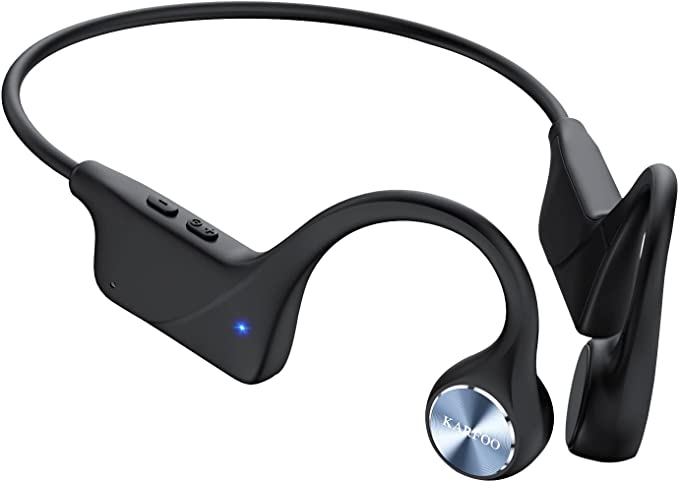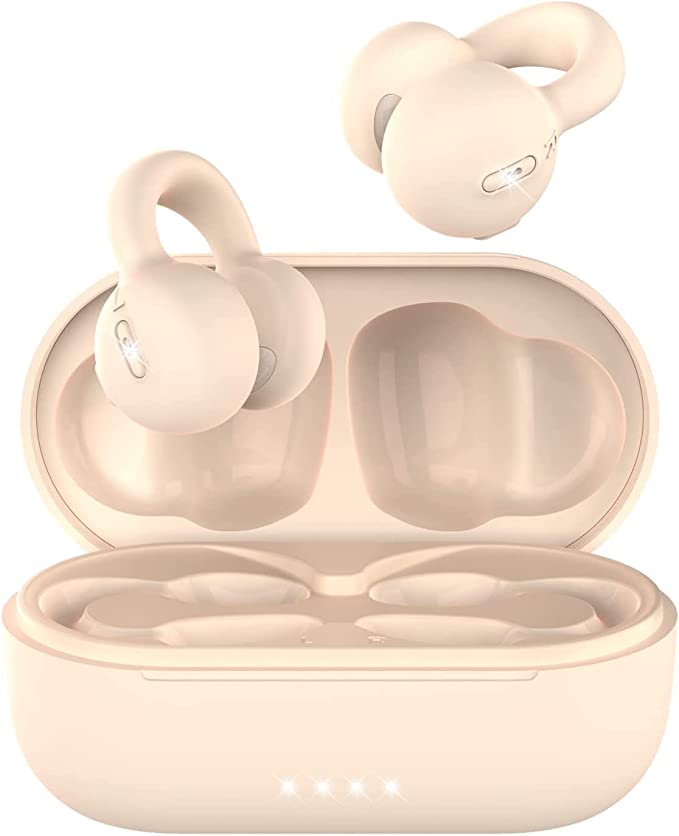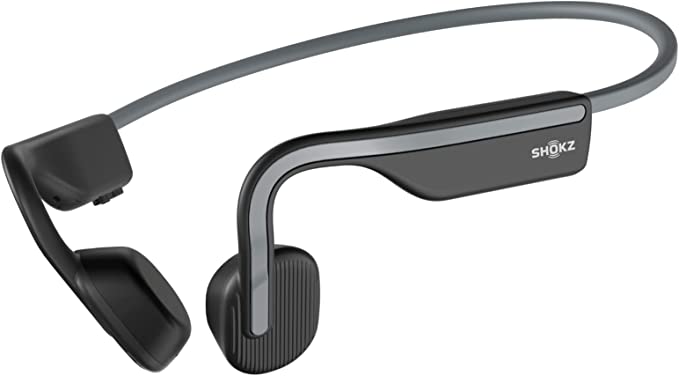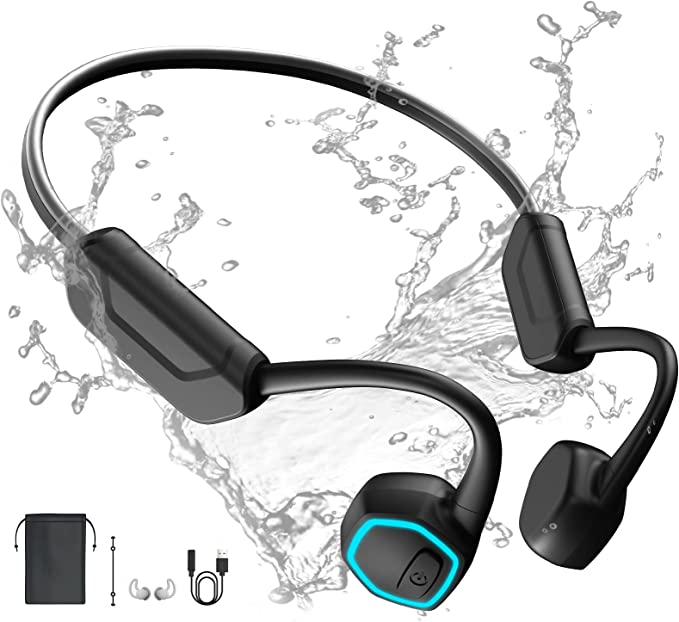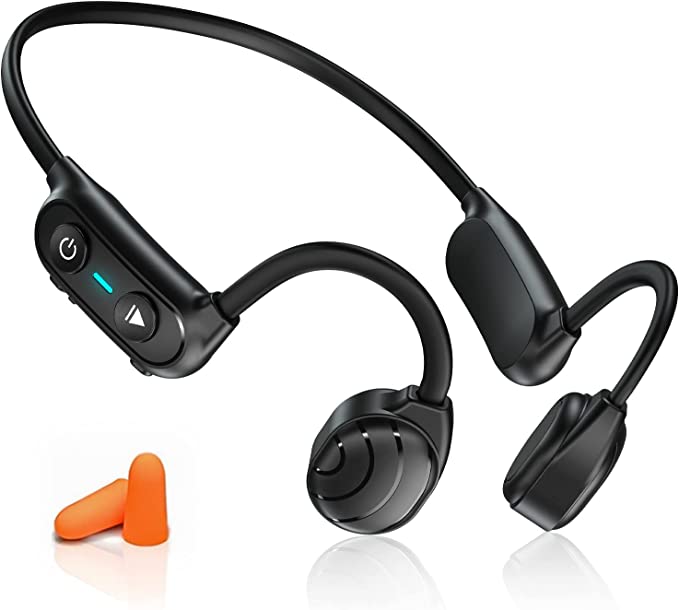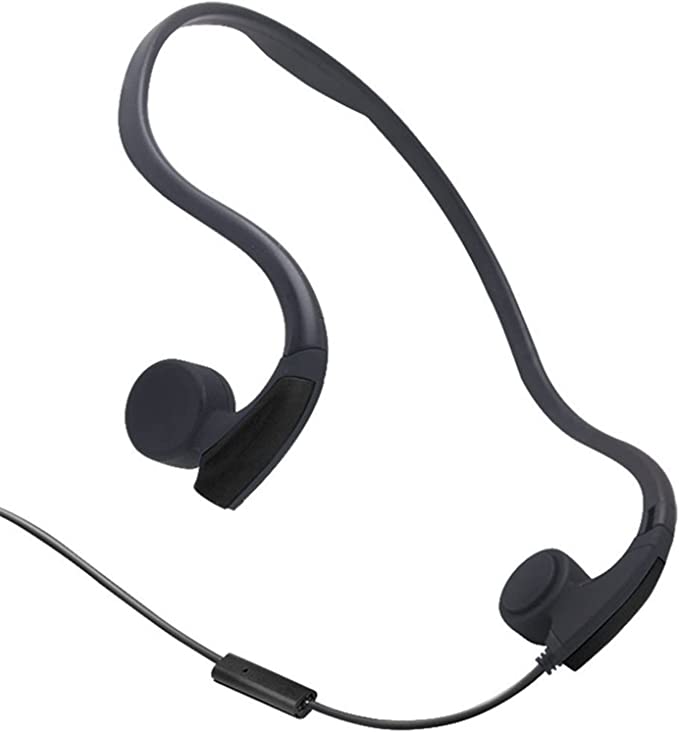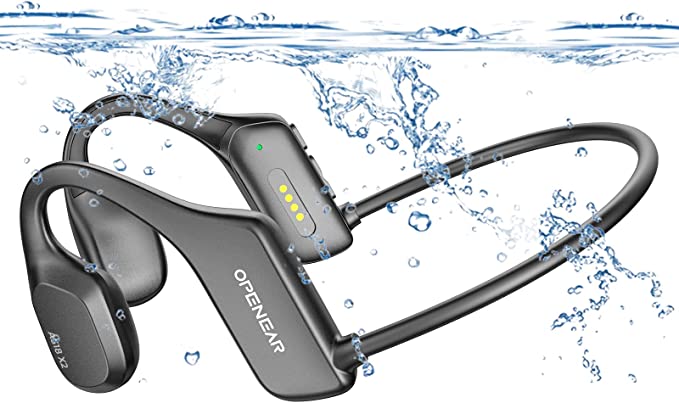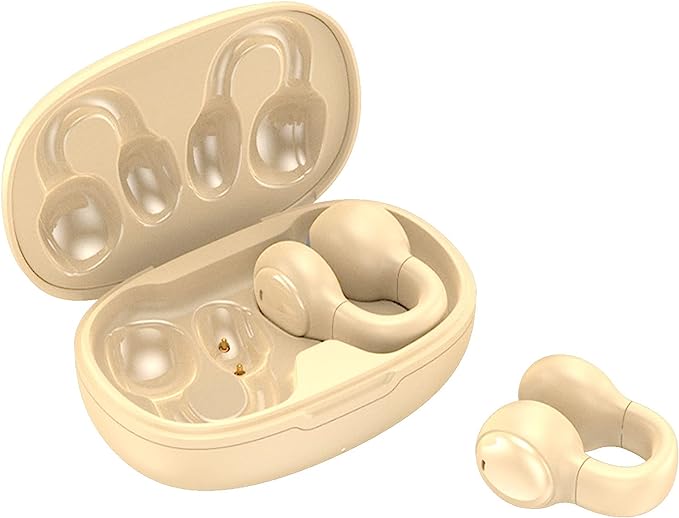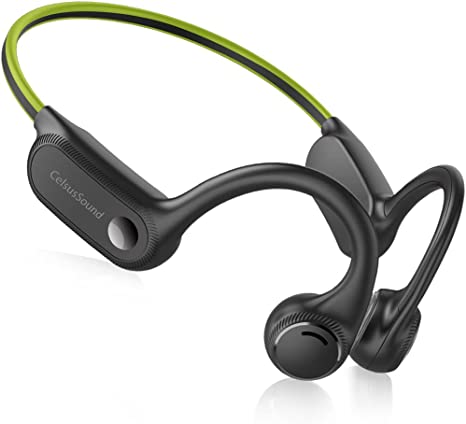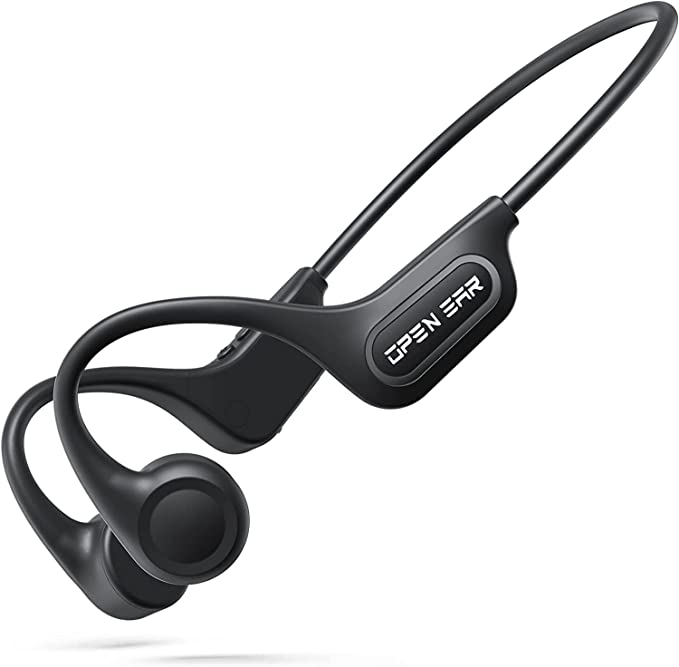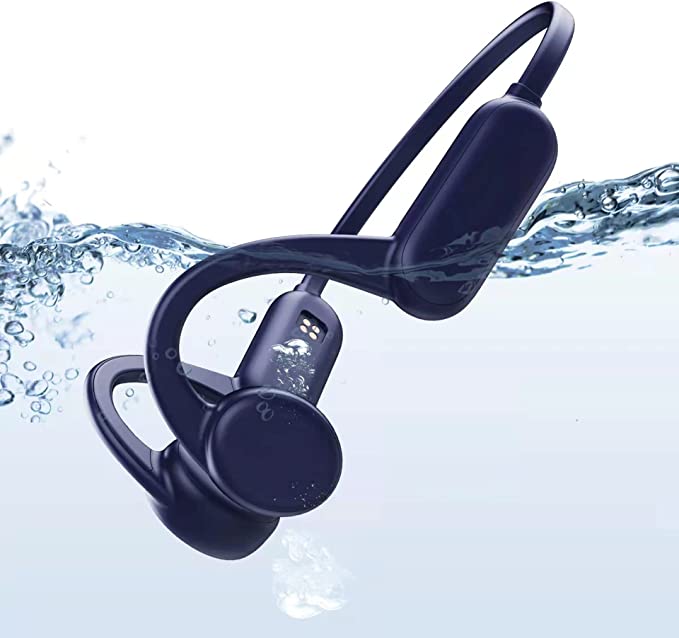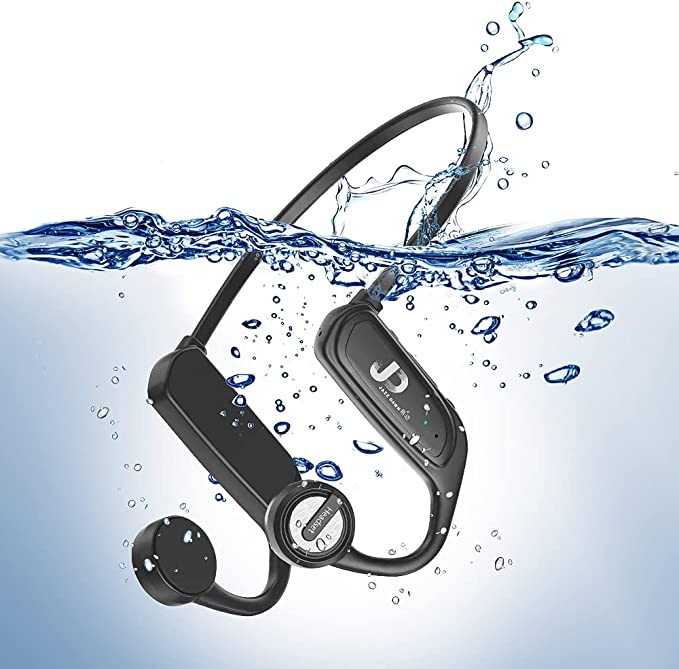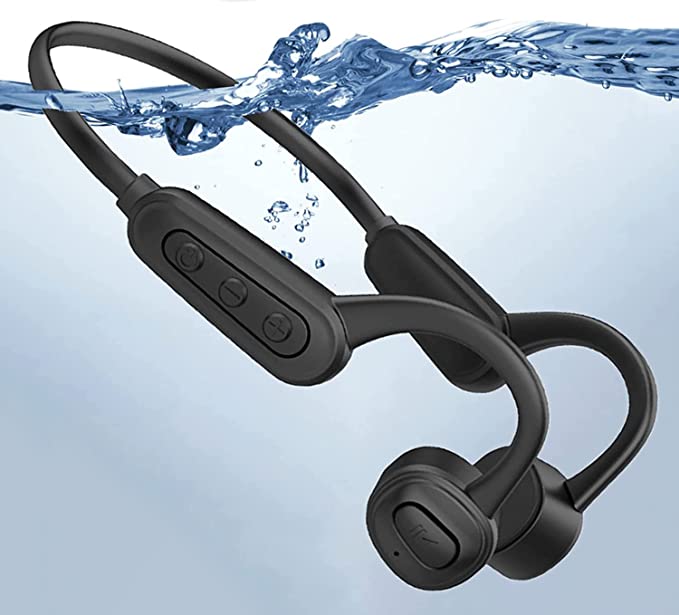Taiyoko dg08 Bone Conduction Wireless Headphones - Your Perfect Open Ear Companion for Sports
Update on June 29, 2025, 11:27 a.m.
Imagine a concert hall in early 19th-century Vienna. At the piano sits Ludwig van Beethoven, a titan of music, yet profoundly deaf. To compose, to feel the music he could no longer hear, he would bite down on a metal rod pressed against his piano’s soundboard. The vibrations would travel from the instrument, through the rod, through his jaw, and directly to his inner ear. In his desperate genius, Beethoven had tapped into a second, forgotten river of sound: the remarkable phenomenon we now call bone conduction.
This isn’t magic; it’s physiology. And the same principle that allowed a deaf composer to feel a symphony is now at the heart of modern audio devices like the Taiyoko dg08 Bone Conduction Wireless Headphones, changing the way we listen to the world.

The Two Rivers of Hearing
To understand bone conduction, we must first appreciate how we normally hear. Most sound reaches us through air conduction. Vibrations travel through the air, are funneled by our outer ear into the ear canal, and strike the eardrum. It’s a familiar path. But there is another way.
Think of your inner ear, the cochlea, as a secluded lake. Air conduction is the main river flowing into it. Bone conduction is a second, subterranean river that also feeds the same lake. This second river bypasses the eardrum entirely. Instead of relying on air, it sends sound vibrations directly through the bones of your skull. When the tiny transducers of a headphone like the Taiyoko dg08 rest on your cheekbones, they are essentially creating tiny, precise earthquakes that travel through your bone structure to your inner ear. The result is crystal-clear audio that seemingly appears from inside your head, all while leaving your ears completely open.

A Technology Reborn for the Modern World
While Beethoven’s use was improvisational, bone conduction technology was formally developed for hearing aids and later adopted by the military for communications systems that needed to work in high-noise environments. Today, it has found a new purpose in consumer electronics, offering a solution to the modern dilemma of being connected without being dangerously disconnected.
The Taiyoko dg08 serves as a perfect case study for this modern application. It’s not just about the core technology, but how supporting elements come together. The manufacturer states it uses Bluetooth 5.0, a standard governed by the Bluetooth Special Interest Group (SIG). This isn’t just a number; it translates to a more stable and efficient wireless bridge between your device and the headphones, crucial for an uninterrupted run or bike ride. The stated range of up to 50 feet offers freedom of movement, though in the real world, walls and interference will naturally reduce this.
One of the most critical—and often misunderstood—features is its durability rating. The product is listed with an IPX6 rating. According to the International Electrotechnical Commission (IEC) standard, this means the device is protected against powerful jets of water. It’s a certificate of confidence against heavy sweat and torrential rain. However, let’s be crystal clear about what it is not: IPX6 is not sufficient for swimming. The product page’s mention of “Swimming Headphones” is a common and dangerous marketing misstep. Bluetooth’s 2.4GHz radio waves are almost completely blocked by water, and the IPX6 rating does not protect against the pressure of submersion. These are for land-based adventures, not laps in the pool.

The Freedom of Open Ears
The true revolution of this technology isn’t just how you hear, but what you can hear simultaneously. By leaving the ear canal unobstructed, bone conduction restores our natural situational awareness. A cyclist can enjoy a podcast while clearly hearing the approaching traffic. A runner can feel the beat of their playlist without missing the sound of a passing car or another person on the trail. In an open-plan office, you can listen to focus-enhancing music and still hear a colleague calling your name.
This isn’t a trivial benefit. It’s a fundamental shift from audio technology that isolates us to technology that integrates more seamlessly into our lives. It reduces the sensory conflict and anxiety that comes from being cut off from your surroundings. It’s a safer, more social way to consume audio.
An Honest Conversation on Sound and Sensation
Of course, no technology is without its trade-offs. Because bone conduction bypasses the eardrum and the resonant properties of the ear canal, the sound signature can be different from traditional headphones. Some users notice that the deep, booming bass found in sealed in-ear headphones feels less pronounced. This is physics at work—that powerful bass often relies on air pressure changes within the ear canal.
Furthermore, at high volumes, the vibrations can be strong enough to be felt on the skin, a sensation some find ticklish. A small amount of this vibrational energy can also dissipate into the air, causing minor “sound leakage” that might be audible to someone very close by. These are not flaws, but inherent characteristics of the technology.
Finally, a note on the provided data: the product page lists a weight of 10.6 ounces (nearly 300 grams). This is almost certainly a typographical error, as most bone conduction headphones weigh around a single ounce (25-35 grams). Similarly, the battery life is stated inconsistently as 6, 7, or 8 hours. A conservative expectation of “up to 6 hours” is likely the most realistic, depending heavily on volume.

Conclusion: Augmenting Our Senses
From a deaf composer’s desperate attempt to feel his art to a sleek, modern headset for an urban athlete, bone conduction has completed a remarkable journey. It reminds us that the most elegant technology often works with our natural biology, not against it.
Devices like the Taiyoko dg08 represent more than just a new way to listen to music. They represent a philosophy where technology doesn’t build a wall between us and our world, but instead opens a new window. It’s about augmenting our senses, allowing us to layer our digital lives onto our physical reality, creating a richer, safer, and more connected human experience. It is, in its own way, a symphony for your skull.
